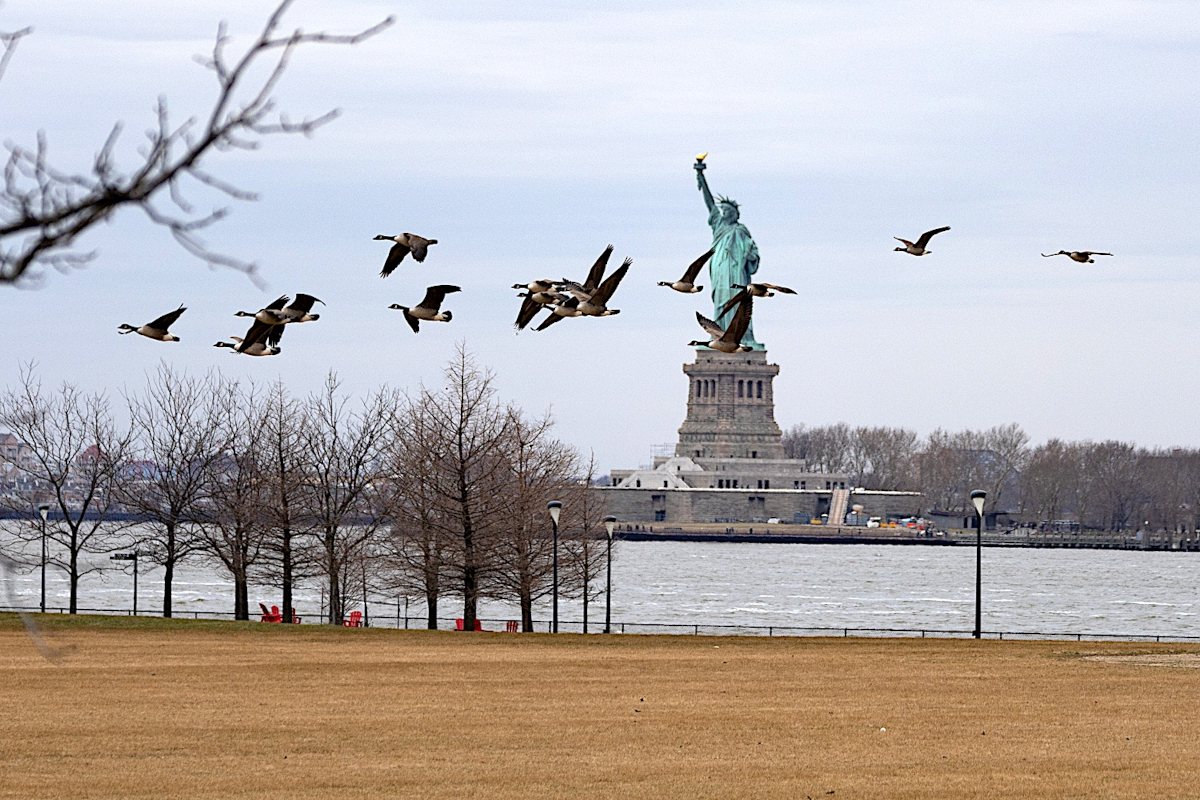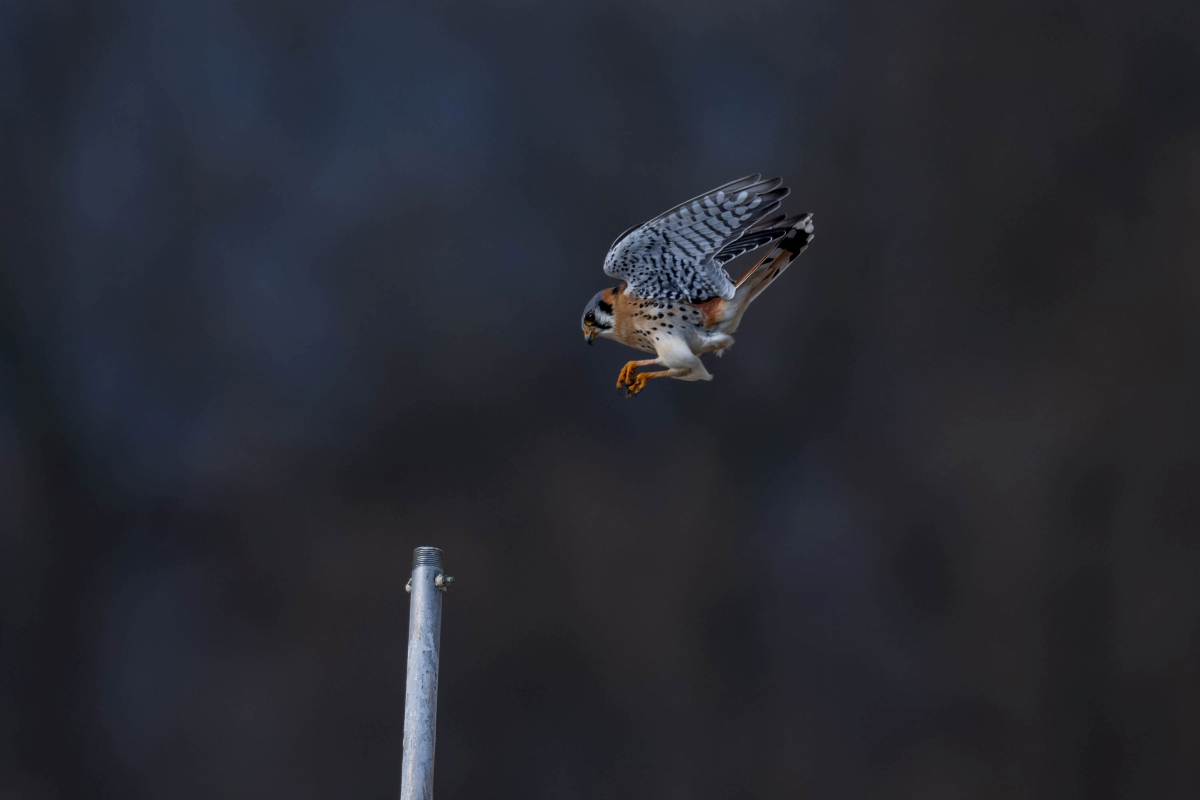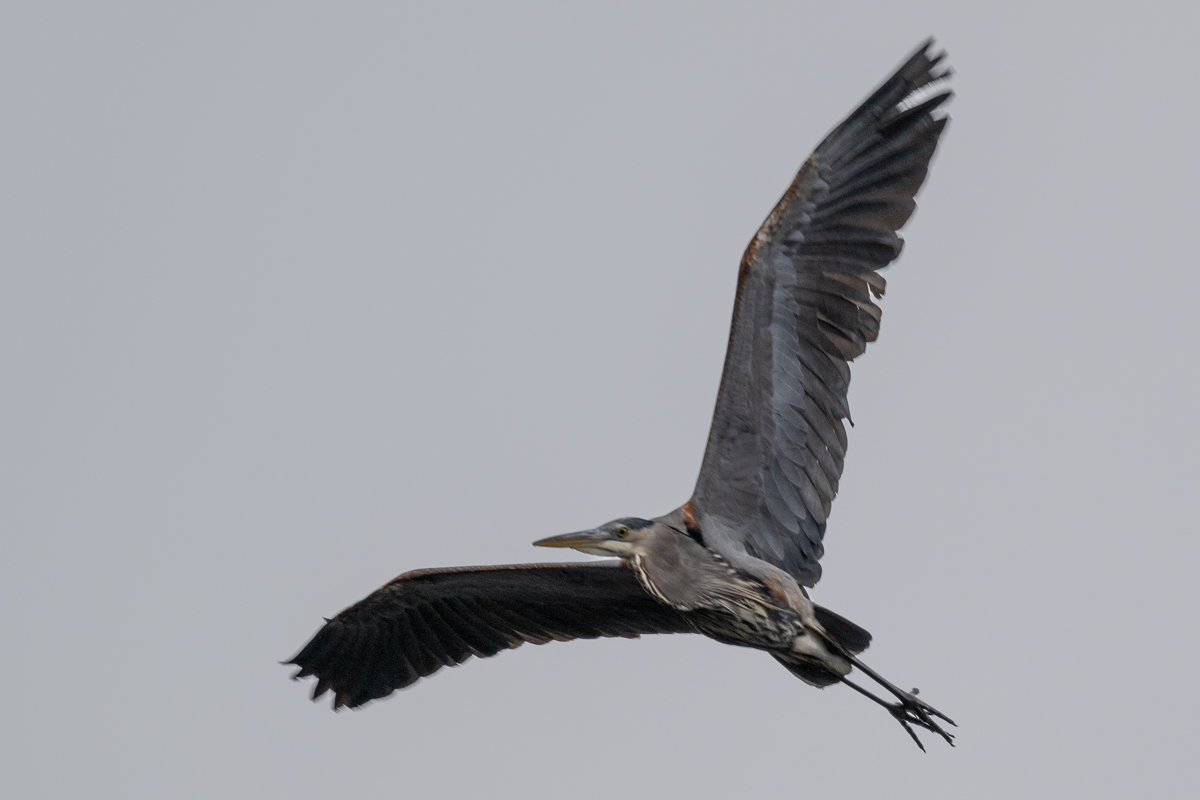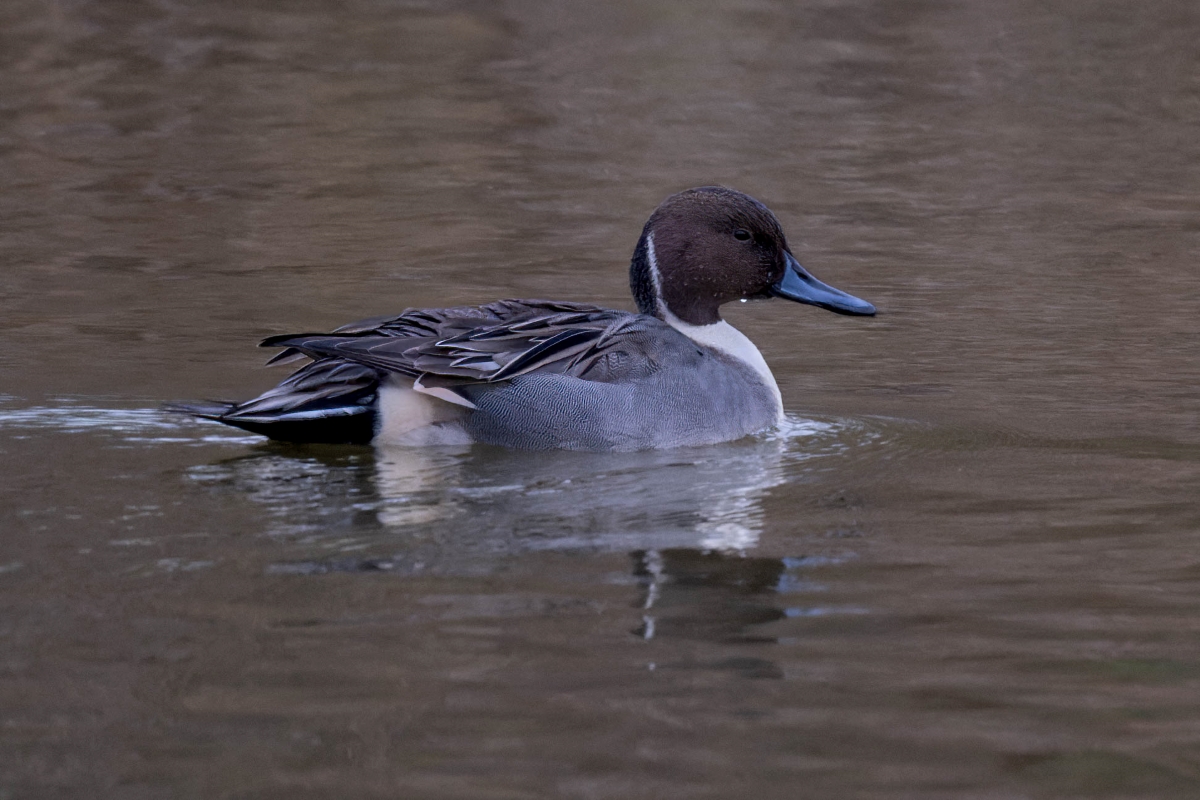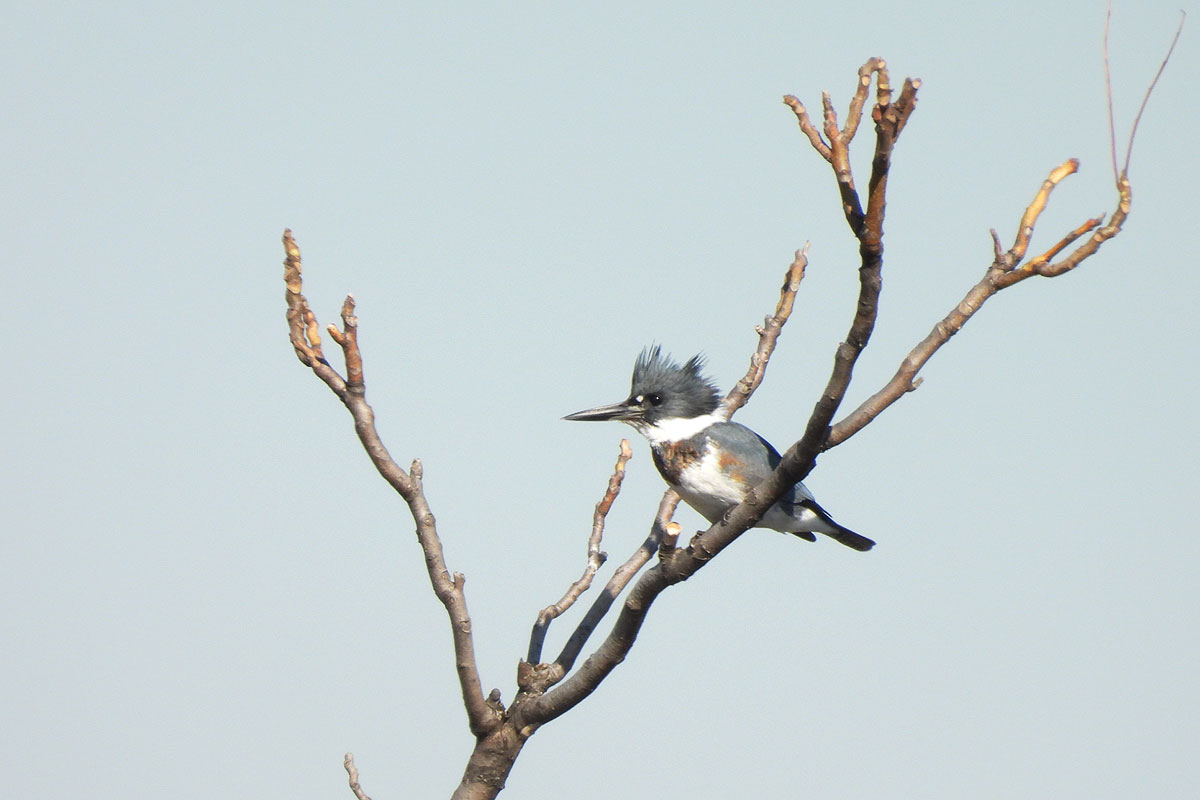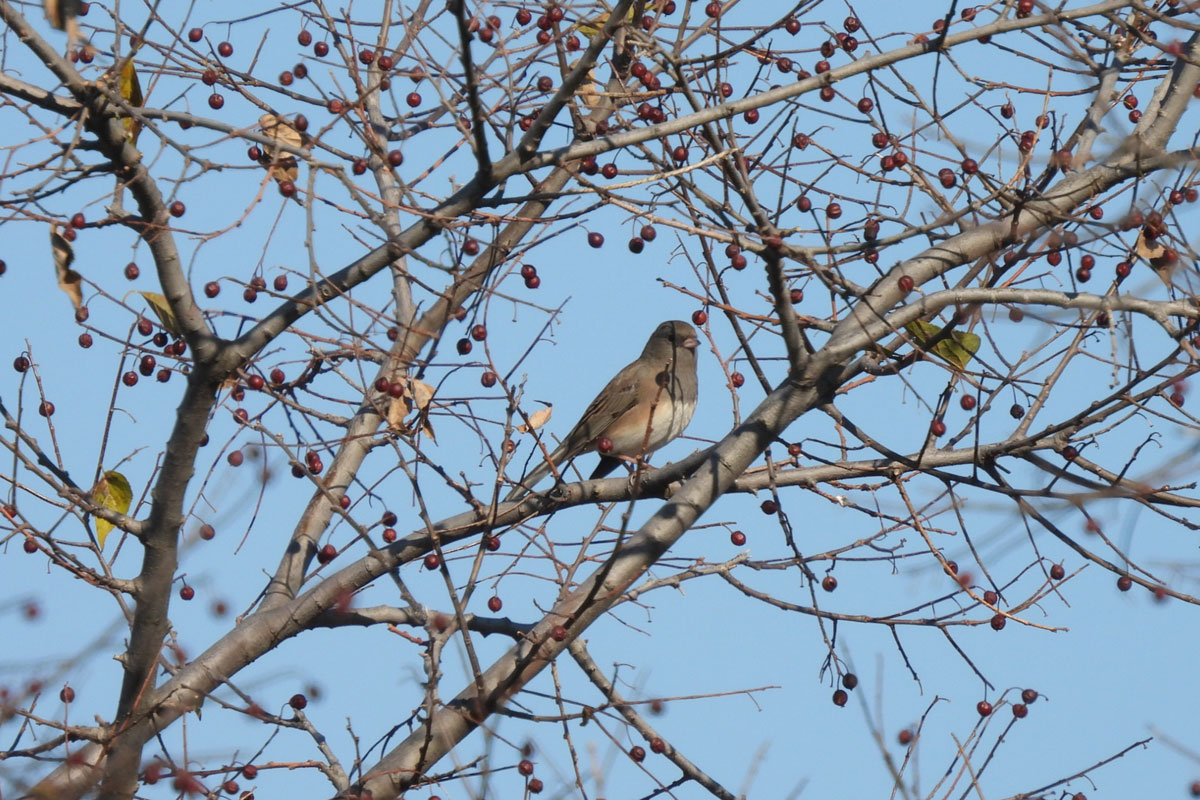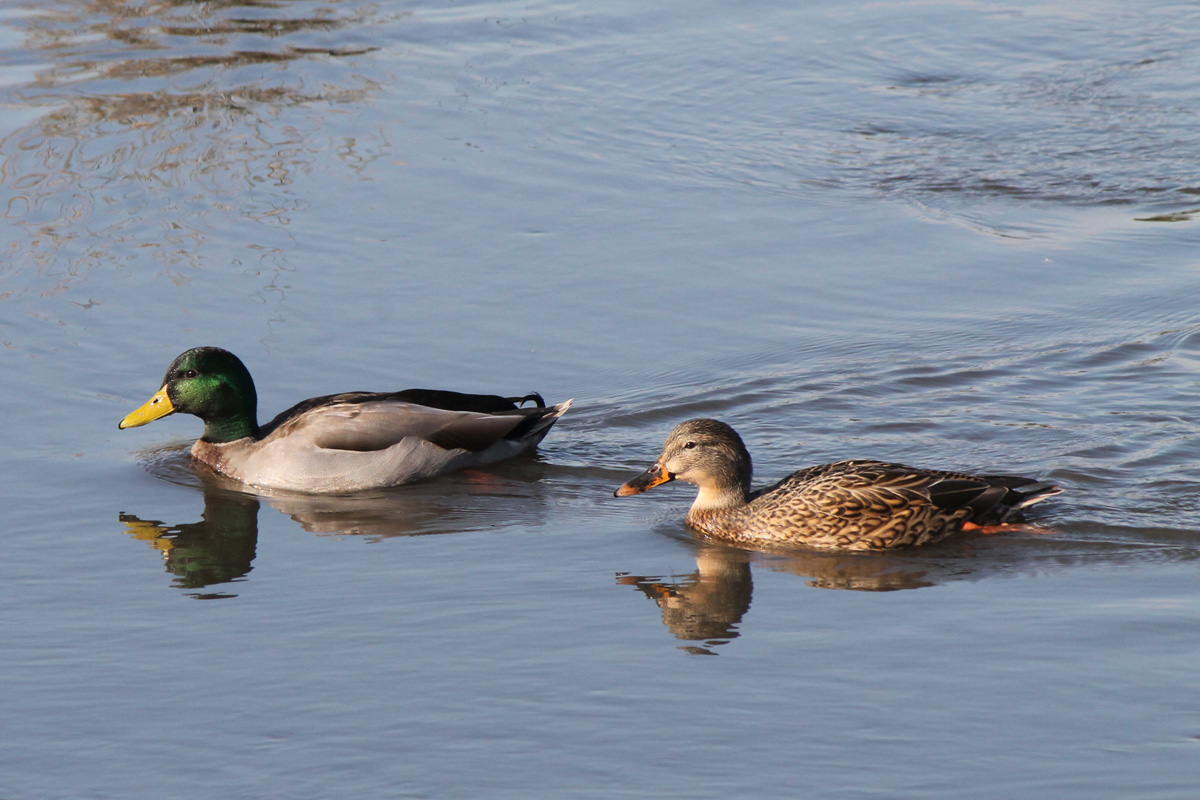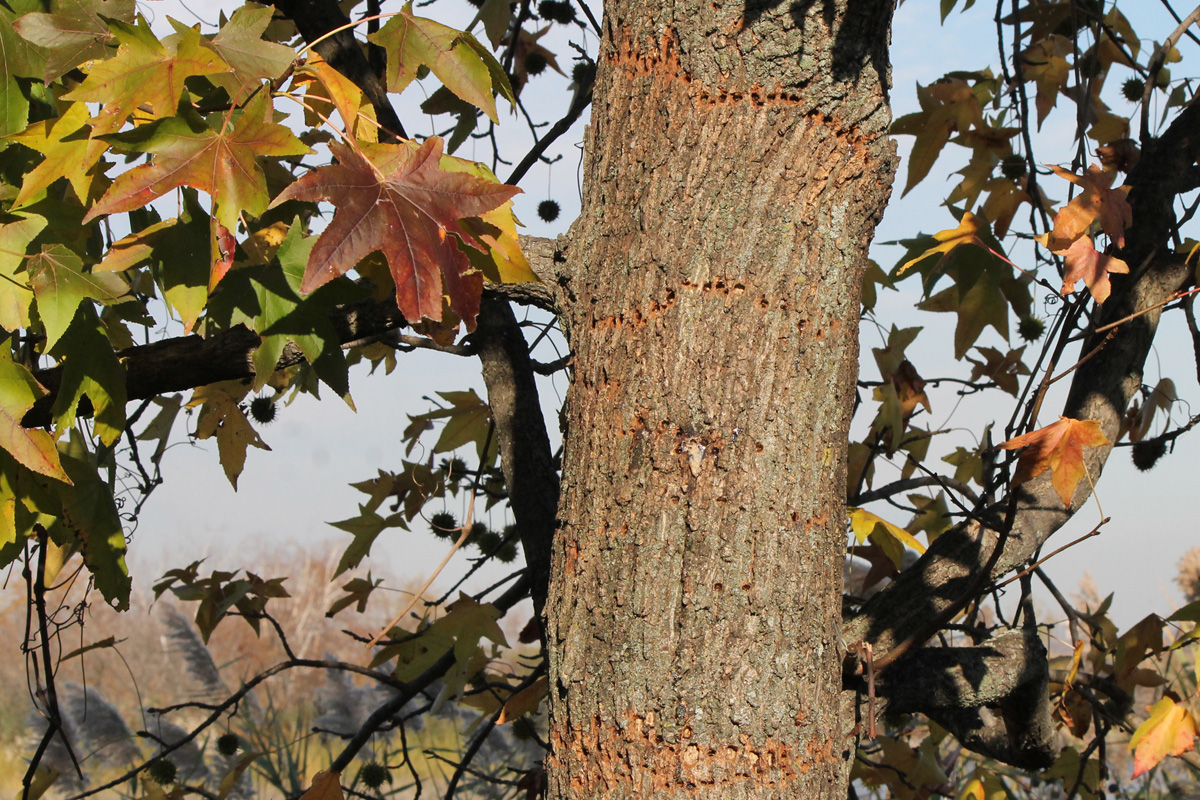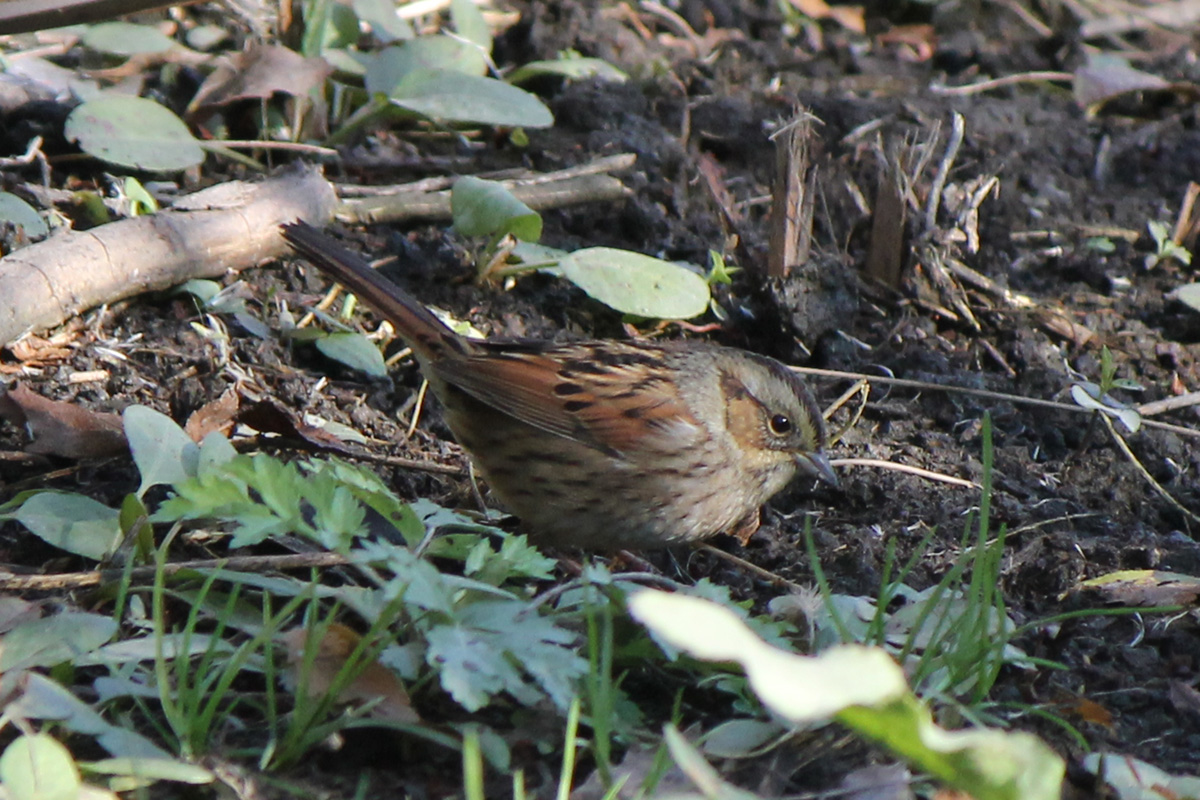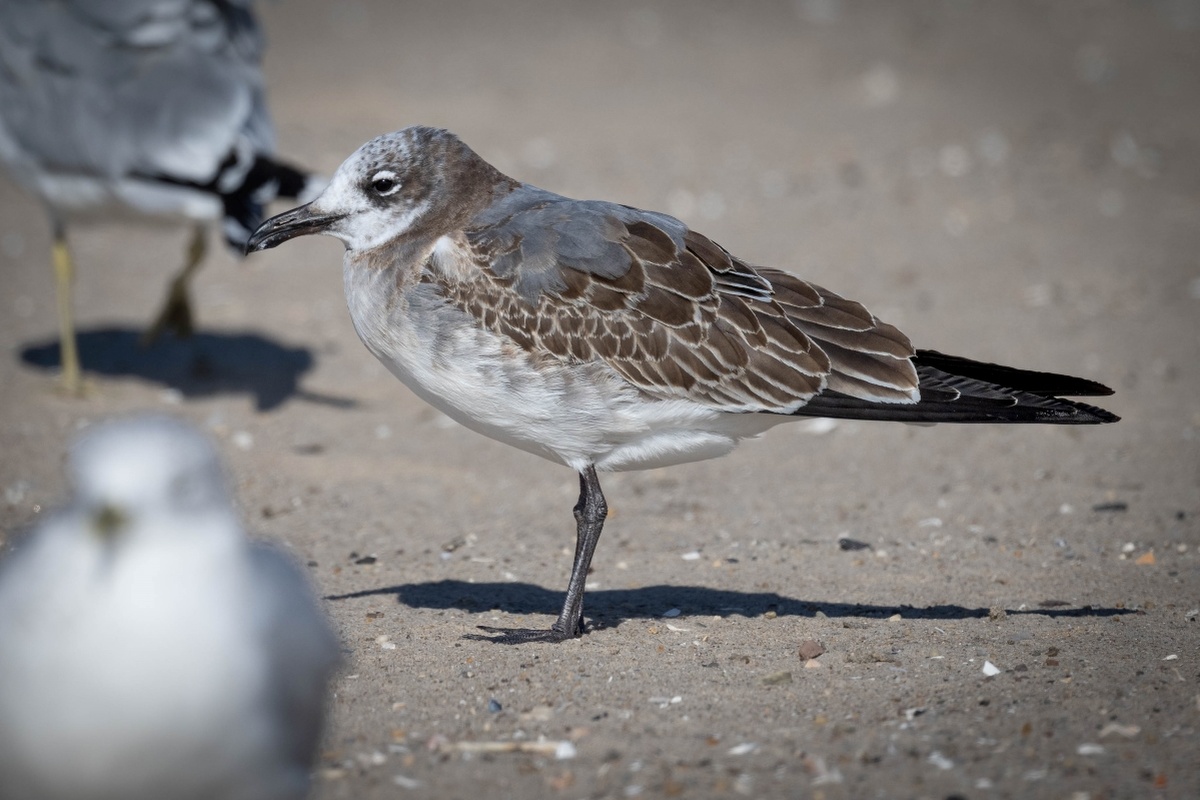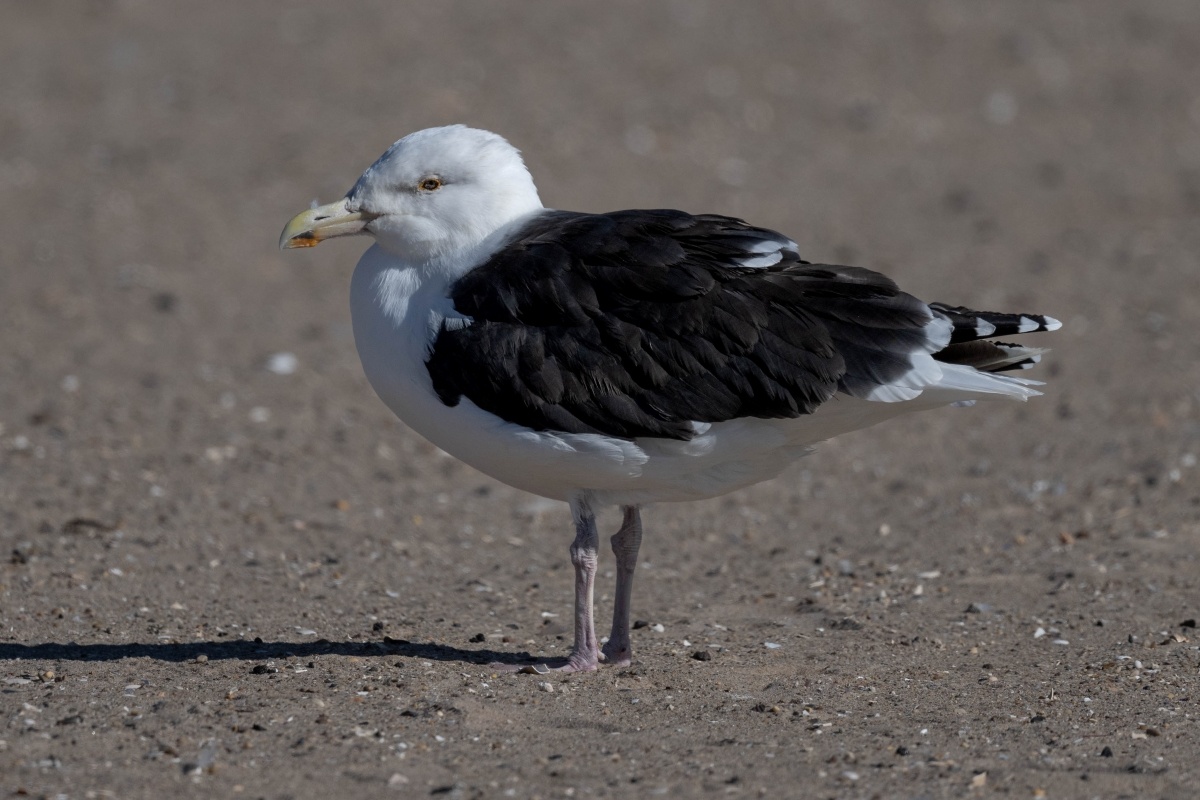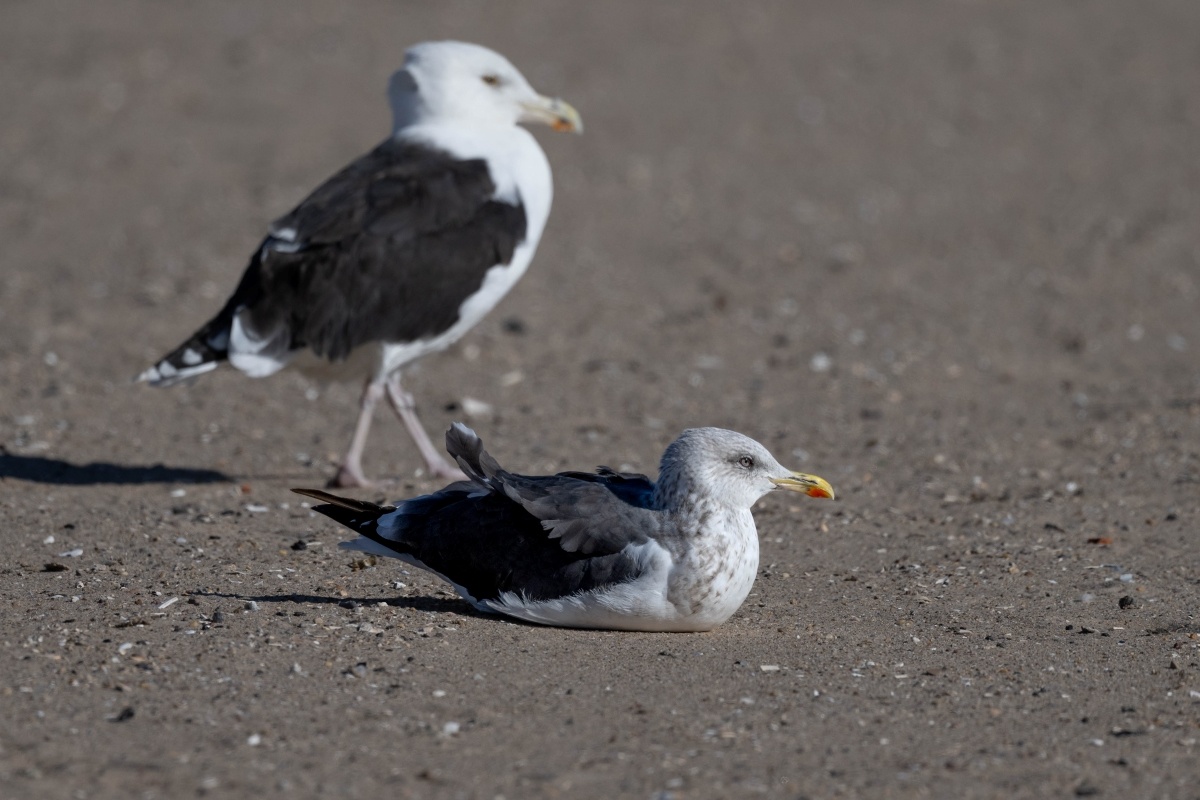Breezy Point with David Spawn, 1/27/2024
Registrar: Matthew Fischer
Participants: 15
Weather: Overcast, with cloud cover 70-100%; temperature 44-45°F; light N-NE breeze; humidity: 84–92%
Bird Species: 41
As in past years, we started the Breezy Point trip at Fort Tilden, which was a very productive meeting place. While gathering in the parking lot, we noticed multiple Brown-Headed Cowbirds mixed in with the European Starlings. From the beach, we saw a good number of Long-Tailed Ducks, both of the loon species we were expecting, each of the three expected scoter species, some Sanderlings, and a couple of Bonaparte’s Gulls; we even had some distant views of Razorbills. On the way back to our cars, we saw some Horned Larks in the ballfields and a Peregrine Falcon perched on the Marine Parkway Bridge.
What was meant to be quick bathroom break at Jacob Riis Park turned out to be quite special, as we saw a pair of Lesser Black-Backed Gulls in the parking lot.
Our walk down the Breezy Point 4×4 Trail was challenging at times due to partial flooding, but the group stuck together and helped each other make it through to the beach. Along the way, we were rewarded with quick views of an Orange-crowned Warbler and excellent closeups of an American Pipit. On the beach we once again saw the Long-Tailed Ducks, loons, scoters, and Sanderlings. Arriving at the jetty, we had incredible views of Razorbills and a Purple Sandpiper tucked away in the rocks. On the walk back, we saw Great Cormorants, as well as starfish, whelks, and other shellfish.
Species Lists
Birds
Brant
Canada Goose
Mute Swan
American Black Duck
Surf Scoter
White-winged Scoter
Black Scoter
Long-tailed Duck
Bufflehead
Red-breasted Merganser
Horned Grebe
Rock Pigeon
Mourning Dove
Sanderling
Purple Sandpiper
Razorbill
Bonaparte’s Gull
Ring-billed Gull
Herring Gull
Great Black-backed Gull
Lesser Black-backed Gull
Red-throated Loon
Common Loon
Great Cormorant
Double-crested Cormorant
Northern Flicker
Peregrine Falcon
American Crow
Horned Lark
Carolina Wren
European Starling
Northern Mockingbird
American Robin
Cedar Waxwing
House Sparrow
American Pipit
White-throated Sparrow
Song Sparrow
Brown-headed Cowbird
Orange-crowned Warbler
Northern Cardinal













